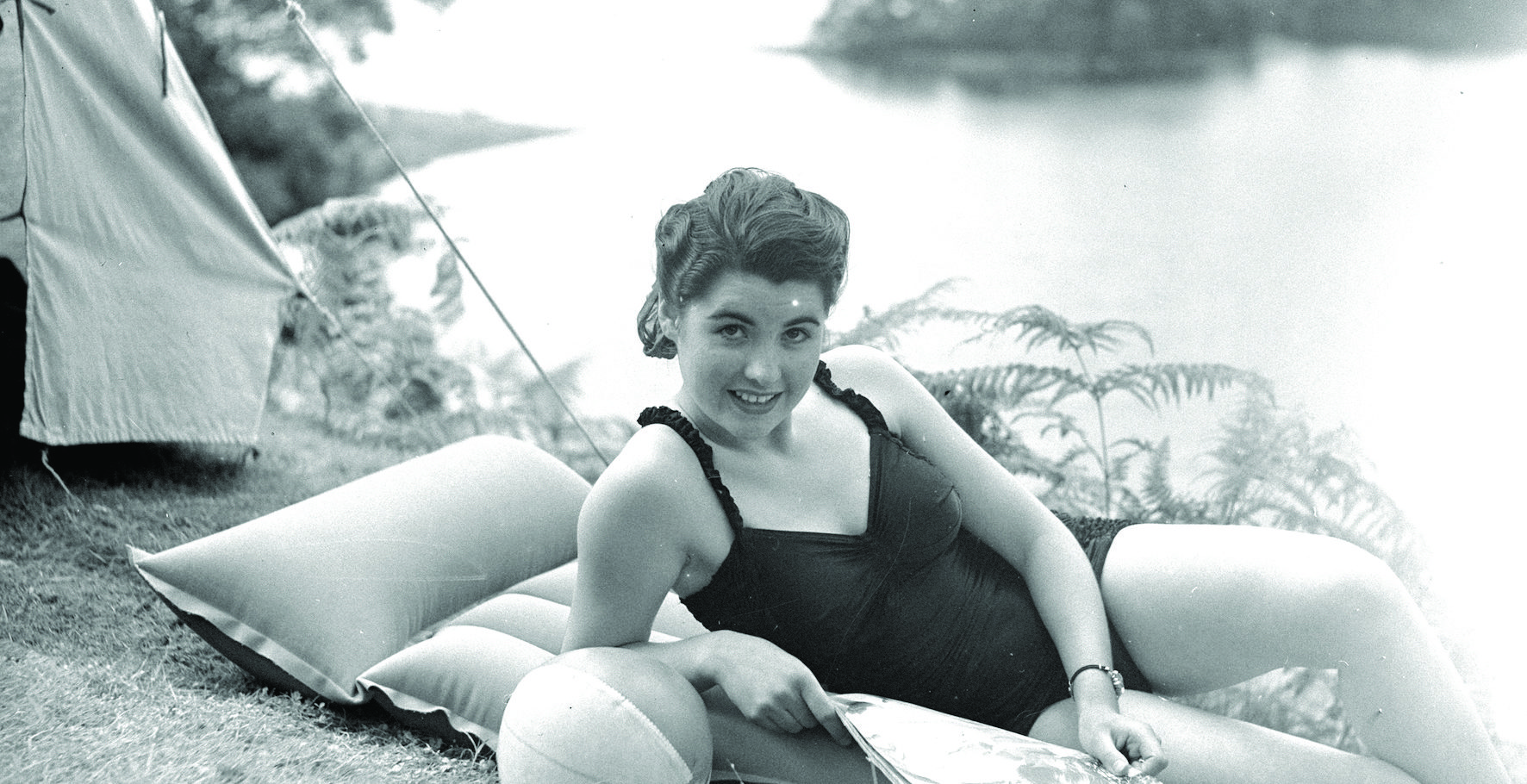A former factory worker, Joseph Hardman moved to the Lake District from Radcliffe, Greater Manchester, in 1911. His move coincided with the mechanisation of the farming industry, and when Hardman took up photography he made farmers and the land they occupied a central point of his work.
His black and white images, taken on Victorian glass-plate cameras, frequently appeared in the Westmorland Gazette and the Manchester Guardian, and Hardman became known as a chronicler of shifting times in the local area.
But while many admire Hardman’s work for his images of Cumbria’s best-loved beauty spots, his portrayal of people is often overlooked, says Rachel Roberts, who is curating an exhibition of Hardman’s work at the Museum of Lakeland Life and Industry.
“Hardman is more famous for pictures of Lake District scenery and the work of farmers, but this exhibition focuses on how he uses people to create an image of the Lake District. The Hardman collection is a stunning collection. He had a really good eye for a good photograph – beautiful compositions and beautiful images.”
The images Roberts has chosen for the show feature a whole range of people. “We’ve got images of farmers and we’re looking at how Hardman uses different angles and viewpoints to say something about farming life. We’re also looking at shepherds and how he uses clever photographic tricks to show you the work that shepherds were doing, the toil they had to go through and the knowledge that they had.
“We’re also looking at tourists and how he was quite optimistic when photographing them. His photojournalistic style is key because he had quite a modern style even though he was working with essentially Victorian equipment – glass-plate negative cameras even after film cameras became available.”
Hardman, who died in 1972, never learned to drive and covered up to 200 miles a week in taxis across the Lake District. During his years as a photographer he took thousands of images and tirelessly documented local festivals, shepherds’ meets and traditions such as the Lyth Valley damson harvest. In 2014, Hardman’s photographs were given to local people with dementia in an attempt to trigger their memories of the area between 1930 and 1960.
“He was really important in documenting the history of the Lake District because he was so prolific,” says Roberts. “Our collection includes over 4,000 images, but we don’t have all the images that he took. He went around the Lake District recording traditions that were coming to an end, things that were fading away and daily life as well. Having said that, we can’t just see Joseph Hardman as a documentary photographer – he was also creating his own image of the Lake District, and it has a very certain style.
“I think Hardman had a very positive message. It was a message of great personal love for the Lake District and for the people who lived and worked here. He’s uncritical when he photographs tourists – he shows this as a beautiful place that welcomes them. It’s a very positive image but an image of a shifting and changing Lake District.”
Joseph Hardman: People on Film is at the Museum of Lakeland Life and Industry until 17 December
Like the Big Issue North on Facebook



Leave a reply
Your email address will not be published.